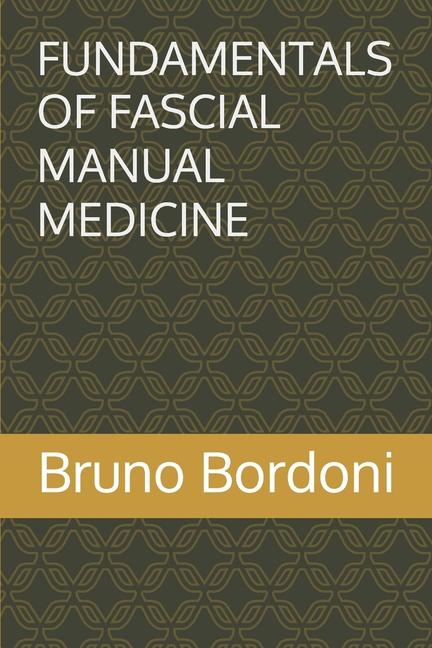Description
The book represents the sublimation of the combination of 30 years' experience and scientific literature, as a clinician and researcher, of a journey into the fascinating world of fascia. The text reflects the rigorous way in which a manual practitioner must train, as can be the physiotherapist, osteopath, and other health care professionals who interface with the patient. Scientific knowledge is not randomness, but is an ever-evolving body of information involving everything about the human body. To nurture knowledge requires placing dedication, curiosity, practice and perseverance. The book is an enlightening guide that helps the manual operator understand in macroscopic, microscopic and nanoscopic detail the meaning of what fascia is, posing new clinical practice tools to make the therapeutic footprint concrete.
The book is the first text in the world to propose fascial work outside of a single technique or specific school of thought, the latter of which are predetermined manual procedures that do not take into account the subjective need of each individual. To follow a standardized treatment scheme is to constrain and limit not only the person's maximum expression of health (the patient must adapt to the practitioner, while it is the practitioner who must adapt to the patient), but also to create a devolution in the practitioner in his or her ability to palpate. In addition, new gentle fascial techniques and new manual assessments are illustrated in the course of the book.
The book is the first text in the world to propose fascial work outside of a single technique or specific school of thought, the latter of which are predetermined manual procedures that do not take into account the subjective need of each individual. To follow a standardized treatment scheme is to constrain and limit not only the person's maximum expression of health (the patient must adapt to the practitioner, while it is the practitioner who must adapt to the patient), but also to create a devolution in the practitioner in his or her ability to palpate. In addition, new gentle fascial techniques and new manual assessments are illustrated in the course of the book.
Last updated on
Product Details
- Jun 10, 2025 Pub Date:
- 9798287543341 ISBN-10:
- 9798287543341 ISBN-13:
- English Language




